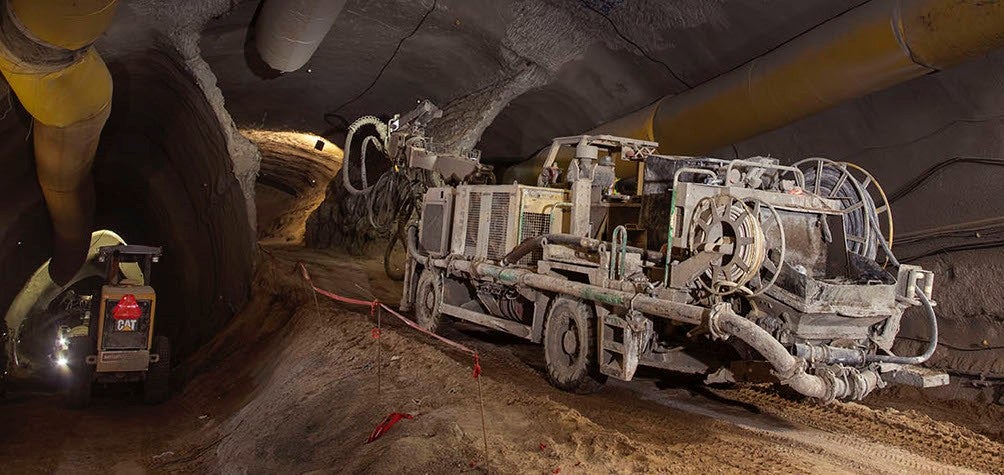
With profit margins under pressure, oil and gas companies are focused on getting more out of existing assets while significantly reducing capital expenditure.
Recent data shows that a 5% improvement in Opex could save £490m on the UK Continental Shelf alone. The new DNV GL release of Maros and Taro software provides powerful tools to support these improvements.
With the new release of DNV GL’s Maros software for reliability, availability and maintainability (RAM) analysis for the upstream oil and gas industry, and its sister application Taro for refineries and petrochemical plants, the software for optimising design and production has become even more powerful.
With more effective optimisation of existing assets, including identifying mitigation options and bottlenecks, production rates can be increased by 10%.
Engineers will realise step changes in the software when they secure optimised margins by developing RAM studies and asset management techniques, collaborating across disciplines and departments, including design, maintenance and operations.
The Maros and Taro software solutions have more modelling features, improved animation, more products streams and many new usability functionalities, including a new Resource grid.
"We’ve seen an ever increasing focus in the last two years on increasing performance and reducing costs," says Are Føllesdal Tjønn, CEO of DNV GL Software.
"Reliability tracking, optimum use of maintenance resources, operational efficiency and valuable asset management insights are key factors that can be achieved when different departments collaborate, reducing operational and capital expenditure while maintaining expected production levels, all in a safe and sustainable way. This is exactly what Maros and Taro can deliver," he says.
The new release of Maros increase simulation speed by as much as 40% for models where a large number of events leave overall flow calculation unchanged. During the operational stage, the Sensitivity Manager module allows the user to perform comparisons of key metrics for variations in an analysis’s data such as maintenance resources availability and reliability data for the entire asset.
With the advent of the Internet of Things (IoT), many process plants are becoming smarter and newly developed advanced data analytics are enabling more valuable insights via integrated analysis not possible before these latest technological advances.
"Engineering in the context of mega-trends, such as the IoT, Industry 4.0 and smart analytics, shows how DNV GL is well positioned for developing an integrated asset management world," says Dr Nic Cavanagh, Director of Technology and Products at DNV GL Software.








